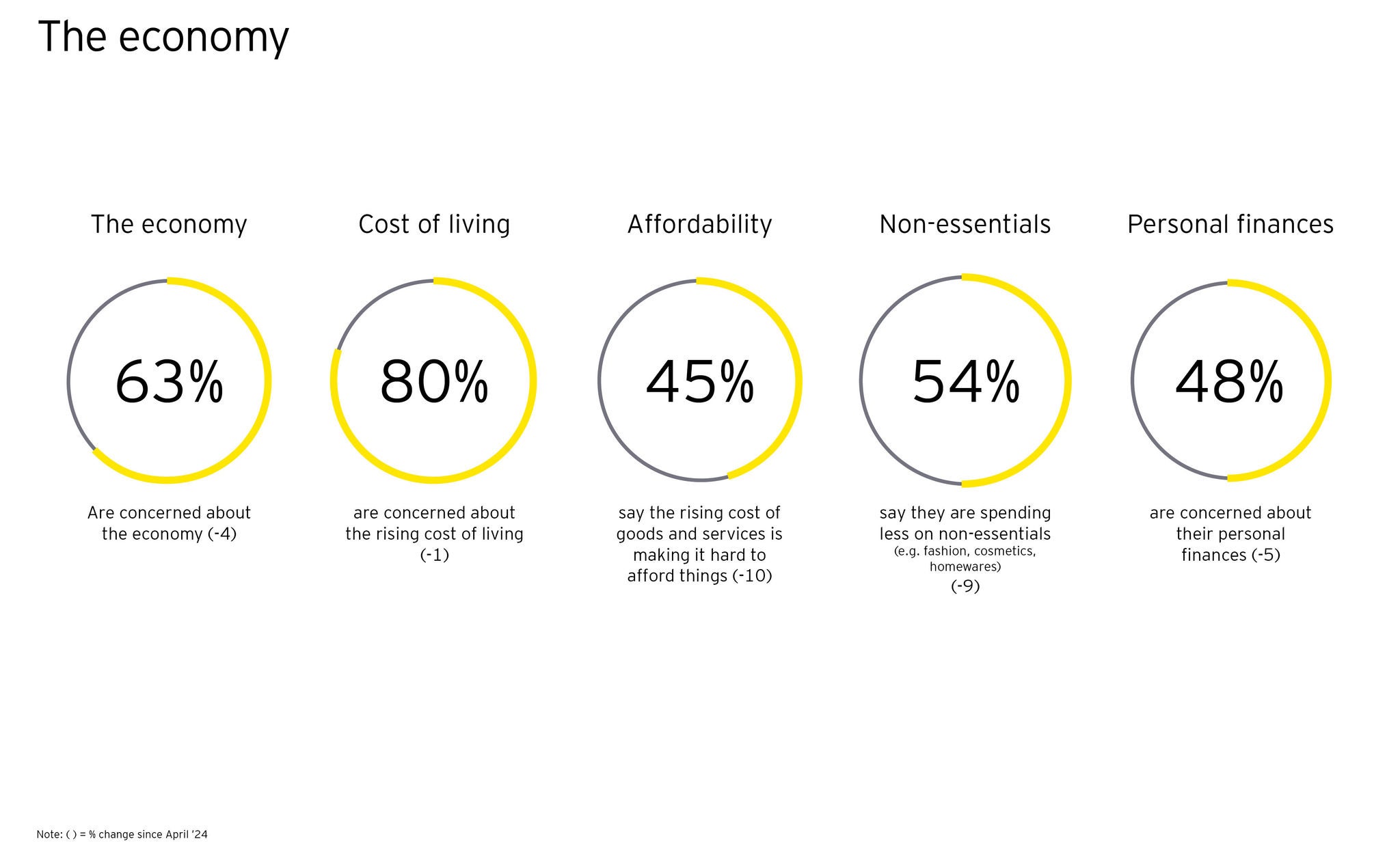EY refers to the global organisation, and may refer to one or more, of the member firms of Ernst & Young Global Limited, each of which is a separate legal entity. Ernst & Young Global Limited, a UK company limited by guarantee, does not provide services to clients.
How EY can help
-
EY Studio+ helps organizations build differentiated experiences that adapt with customers and drive sustainable long-term value. Read more on studio.ey.com.
Read more
Navigating the two-way value exchange
The value exchange is a two-way street – and this is not always well understood.
Many companies rely on top-down metrics – like average customer value – to gauge a customer’s worth. This is helpful in a general sense, but often misses crucial nuances. To foster meaningful engagement and sustainable growth, companies should instead start from the ground up, calculating the actual value of each customer and tracking how this changes over time.
For a high-value customer who contributes significant revenue or has minimal service costs, it may make sense to offer loyalty perks or occasional discounts. Conversely, if a customer’s behaviour results in high support costs or frequent low-margin transactions, it may be necessary to rebalance the relationship through targeted offers, self-service options, or by making tough choices about the future of that relationship.
Understanding the actual value of your customers at a granular level allows you to manage the value of your ‘book of business’. Knowing what this ‘value’ is allows you to understand what ‘value exchange’ really means.
The challenge is knowing where to draw the line. Companies should pay attention to the “edges” of their customer base – the high-value, loyal buyers and the cost-heavy ones. Nurturing the high-value customers, moving mid-value customers up the chain, and managing costs for less profitable segments requires tailored, technology-enabled approaches.
While many retailers understand the basics of customer dynamics, the true challenge is to leverage data to create value for each segment without overspending on broad tactics that don’t yield strong returns.







